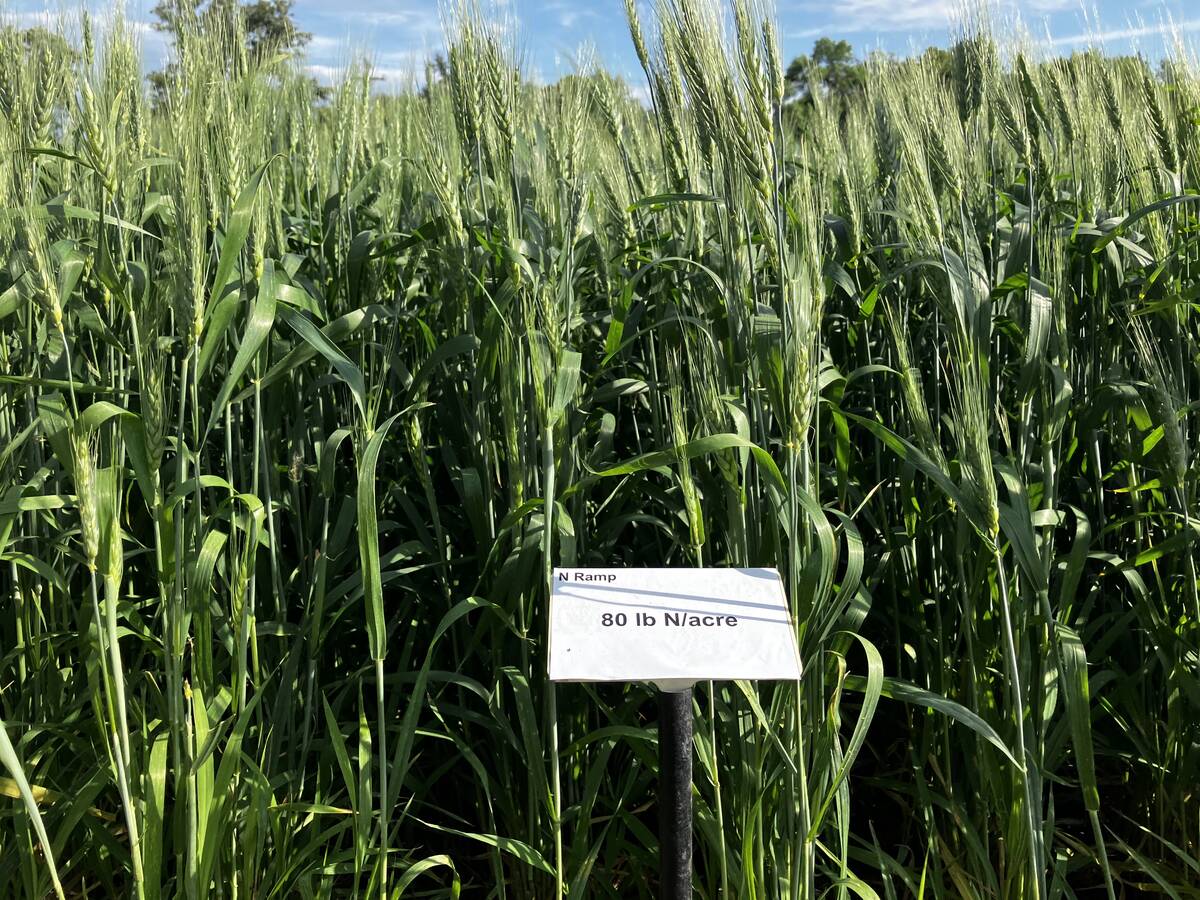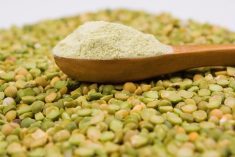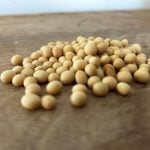Getting a free grain quality analysis at harvest not only puts farmers in a better bargaining position when they market their crops, but it also helps Canada sell grain, canola and pulse crops around the world.
The ongoing Harvest Sample Program offered by the Canadian Grain Commission (CGC) gives a farmer more solid footing when it comes to talking business with a grain company or commodity broker, says Jim Smolik, assistant chief commissioner with the CGC based in Winnipeg.
“The Harvest Sample Program, which provides a free quality analysis, first of all gives a producer a good sense of the quality and grade of crop in the bin,” Smolik said in a recent presentation to producers attending a “Making The Grade” workshop at Olds College, Olds, Alta. He points out while the grade and quality determined through the Harvest Sample Program is “unofficial,” simply because it doesn’t comply with all the conditions required for an “official” analysis, it is a good starting point.
Read Also

Ramp up your nitrogen efficiency in winter cereals
Nitrogen ramps are a tool to help farmers hone their fertilizer rate for the best, most cost-efficient winter wheat or fall rye crop.
“And by having even an unofficial analysis on the grade or quality of the crop, producers are in a better position when it comes to marketing,” says Smolik.
As farmers attending the workshop sponsored by Alberta Barley, Alberta Wheat Commission and the Alberta Canola Producers Commission heard again, determining quality of any particular sample is a subjective process.
While some quality sorting technology is available and is in the process of being refined, determining the quality and grade of wheat, barley and canola is still largely a matter of human judgment. And that reading of a sample can vary from grain buyer to grain buyer based on a wide range of factors.
- Grainews Gallery: More photos from the Harvest Sample Program workshop
Making the grade
Farmers attending the workshop had a chance to work with Judy Elias, an operations supervisor with the CGC in Weyburn, Sask. to measure out 100 seed samples of canola and perform a crush test to make their own assessment on green seed count. In Bill Adduono’s lab, the High River, Alta., CGC operations supervisor had farmers evaluating samples of wheat to make a call on the level of frost or heat stressed kernels in one area. At another table farmers provided a rating on mildew damage. Kevin Sich of Rahr Malting in Alex, Alta., lead farmers through quality factors affecting malt barley.
For both young and experienced producers, in this workshop setting, it wasn’t an easy call to first identify the quality issue then correctly determine the grade.
In all visual examinations it takes a well-trained eye to identify the particular condition that affects quality. Then, looking at the seed sample, you need to estimate the number of affected kernels (percentage) to actually determine the grade level — with “X” level of wrinkled, frosted kernels, for example, is it a No. 1 or No. 2 or No. 3 grade?
And dockage can be an issue as well. What is the dockage? Is it weed seeds or other foreign material, is it damaged seeds or kernels, or does it also contain smaller seeds or kernels that fall through the sieve, but otherwise are good quality seeds? Depending on how the sample is cleaned and evaluated there can be a judgment call on what constitutes dockage.
Good starting point
So that brings it back to Jim Smolik’s point — a quality and grade analysis from the Canadian Grain Commission gives a producer a good starting point when talking to a grain buyer about the quality and value of the crop. While the rating made through the Harvest Sample Program has value, it is considered unofficial because the sample size submitted is less than the minimum requirement of 1,000 grams; the dockage is not retained, and a sample needs to be collected by a CGC grain inspector to be deemed official.
The Harvest Sample Program is voluntary and free. The CGC even provides the envelopes for samples and covers postage. Results are usually available to the producer within one to two weeks, depending on the volume of samples. The CGC provides grade and quality results that include the protein content on cereal grains and pulses; oil, protein and chlorophyll content for canola; oil and protein content and iodine value for flaxseed; and oil and protein for mustard seed and soybeans.
While Smolik describes the Harvest Sample Program as an important tool for producers, he also says the information gives Canadian grain marketers a handle on the quality of the crop to be sold in a given year.
Getting a sense of the quality of the crop sitting in the bin helps guide CGC research into finding new uses for grain.
Farmers can sign up for the Harvest Sample Program by contacting the CGC. Phone 1-800-853-6705 and select “Harvest Sample Program” from the menu options or email [email protected]. Samples to be graded must be returned to the CGC by mid-November.
















